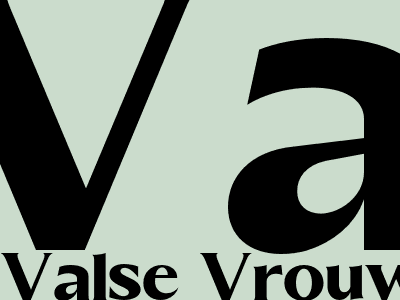Valce Vrouw: Unveiling the Enchanting Cultural Heritage
Origins and Significance
Valse Vrouw is a traditional dance originating from the Nickerie district of Suriname, a South American country rich in cultural diversity. This captivating dance style holds significant cultural and historical value, embodying the vibrant tapestry of Suriname's creole heritage.
The origins of Valse Vrouw can be traced back to the 18th century, during the colonial era when African slaves were brought to Suriname. These slaves brought with them their own cultural traditions and musical influences, which gradually blended with European elements to create the unique Valse Vrouw style.
Characteristics of Valse Vrouw
Distinctive Rhythm and Melody
Valse Vrouw is characterized by its lively and infectious rhythm, often played on traditional instruments such as the kawina, a small handheld drum made from animal skin, and the banjo. The melody is a blend of European ballroom music and African folk tunes, creating a mesmerizing and intricate soundscape.
Graceful Movements and Costumes
The dance itself is performed in pairs, with women adorned in elegant and colorful gowns known as "kotomisi," which showcase their beauty and grace. The men wear traditional shirts and pants, and both sexes move fluidly and expressively to the rhythm of the music.
Social Significance and Legacy
Valse Vrouw transcends its role as a dance form and has become deeply ingrained in Surinamese culture. It is performed at weddings, festivals, and other social gatherings, serving as a vibrant expression of joy and celebration. The dance is also a symbol of cultural pride and resistance, as it represents the resilience of Surinamese people in the face of historical adversity.
Preserving and Promoting Valse Vrouw
Cultural Preservation Efforts
Recognizing the importance of Valse Vrouw to Surinamese identity, efforts have been made to preserve and promote this traditional dance form. UNESCO has designated Valse Vrouw as part of the Intangible Cultural Heritage of Humanity, highlighting its global cultural significance.
International Recognition and Dissemination
Valse Vrouw has gained international recognition and is performed by dance companies and cultural groups around the world. It has been featured in documentaries, music videos, and cultural exchange programs, showcasing the beauty and artistry of Surinamese culture.
Conclusion
Valse Vrouw is a captivating dance style that embodies the rich cultural heritage of Suriname. Its origins in the fusion of African and European influences, its distinctive rhythm and melody, and its graceful movements have made it a cherished tradition. As efforts continue to preserve and promote Valse Vrouw, this dance form remains a vibrant expression of Surinamese identity and a testament to the enduring spirit of its people.

Komentar